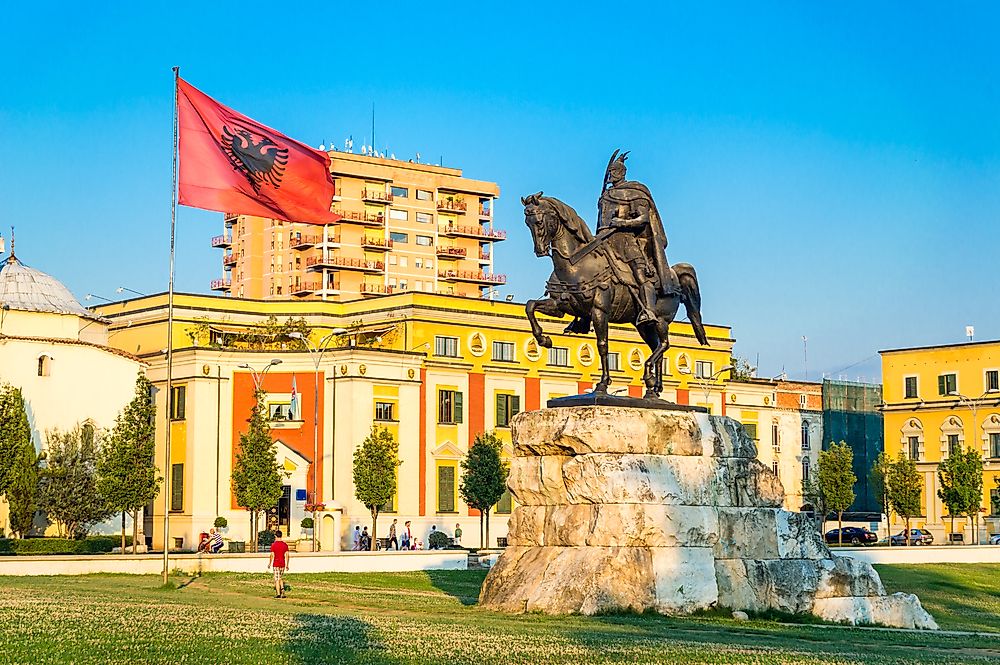When Did Albania Become a Country?

The Republic of Albania occupies 11,100 square miles of southeastern Europe. It is a country of approximately three million people. Aside from being the capital city, Tirana is the largest and most populous city. Albania is a unitary parliamentary constitutional republic where the prime minister serves as the head of government while the president is the head of state.
Albania became a country as we know it today on November 28, 1912.
History of Modern Albania
Albania was the last territory to seek independence from the Ottoman Empire. The territory gained a sense of statehood and began armed resistance against the empire. In the 2nd quarter of the 19th century, several armed revolts were organized including the revolts in 1833-1836,1843-44, and the revolt of 1847. On June 18, 1878, the forty-seven beys of the Ottoman Empire met and formed the League of Prizren. The league formulated a set of requirements and documented them in the Kararname. The Albanian leaders stressed their objective to maintain and preserve the autonomy of the Ottoman Empire in the Balkan. They stated their intention to support the porte and their willingness to engage in armed conflicts to defend the Albanian territory. The league’s first armed conflict was a successful revolt against Macedonia and the control of Plav and Gusinje. Shortly after, the Congress of Berlin ordered the demarcation of borders between Montenegro and the Ottoman Empire.
Independence
The Albanian armed uprisings between 1908 and 1910 led to the first Balkan war of 1912. The war’s main objective was to suppress the activities of the Young Turks who saw the need to unite the Ottoman Empire. The empire had weakened in the Balkans prompting the Serbians, Greeks, and Bulgarians to seize control over the Ottoman territories in Europe. Serbia and Greece took control of Albania. In 1910 and 1911 the Albanians unsuccessfully launched revolts against the Greeks and Austrians, but the 1912 revolt proved successfully. On November 28, 1912, Ismail Qemali raised the flag of Albania in the presence of thousands of Albanians. The flag resembled the flag of Skanderbeg's principality. On July 29, 1913, the Conference of London recognized the independence of Albania and outlined the borders between the country and her neighboring states. The demarcation left half of native Albanian’s outside the country. A majority of Albanians outside the country were in Serbia, Montenegro, and Greece. Greeks in the southern part of Albania launched a rebellion and formed the Republic of Northern Epirus in 1914. The autonomy was however short lived as Albania collapsed after World War I broke out. Between 1914 and 1916, Greece occupied the land before the Italians took over and drove them out. In 1919 the Paris Peace Conference awarded the land to Greece, but it was reverted to Albania following the Greco-Turkish War.











